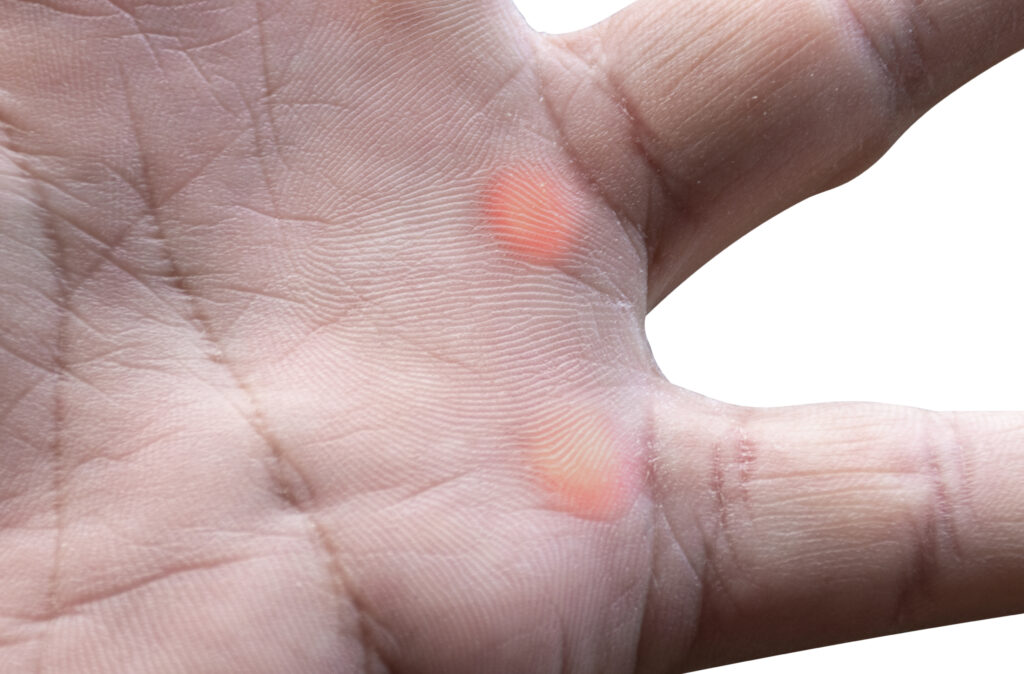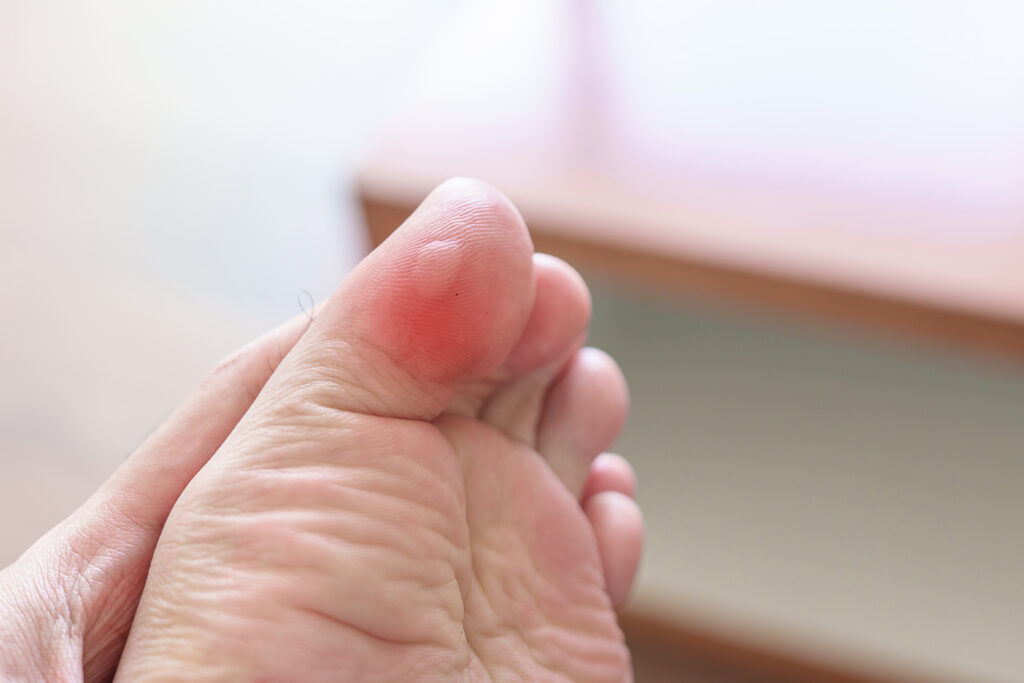Blisters are a common skin condition that can be both painful and annoying. Understanding blisters is crucial, as they often appear after a long hike, a day of gardening, or even from wearing new shoes. But how exactly do blisters form, and what can you do to treat them effectively? Let’s dive into the details!
How Blisters Are Formed
In understanding blisters, it’s important to know they are small pockets of fluid that form on the upper layers of your skin. They typically develop due to friction, burns, or other types of skin damage. When your skin is repeatedly rubbed or exposed to intense heat, it can cause the layers of skin to separate. The body then produces fluid to fill the gap, creating a blister. This fluid acts as a cushion, protecting the underlying tissue from further damage.
Common causes of blisters include:
- Friction: Wearing ill-fitting shoes or using tools without gloves can lead to friction blisters.
- Burns: Sunburns or contact with hot surfaces can cause burn blisters.
- Chemical Exposure: Certain chemicals can irritate the skin and result in blisters.
- Medical Conditions: Some medical conditions, like eczema or chickenpox, can also cause blisters.
First Aid Treatment for Blisters
Treating blisters promptly can help prevent infection and speed up healing. Here’s a step-by-step guide to first aid treatment for understanding blisters:
- Clean the Area: Gently wash the blister and surrounding skin with soap and water. This helps remove dirt and bacteria.
- Protect the Blister: Cover the blister with a sterile bandage or blister pad. This reduces friction and protects the blister from further irritation.
- Avoid Popping: Resist the urge to pop the blister. The fluid inside helps protect the skin and promotes healing. If the blister is very painful, you can drain it carefully using a sterilized needle.
- Apply Antibiotic Ointment: If the blister has popped, apply an antibiotic ointment to prevent infection. Cover it with a clean bandage.
- Keep It Dry: Change the bandage regularly and keep the blister dry. Moisture can slow down the healing process.
- Monitor for Infection: Watch for signs of infection, such as increased redness, swelling, or pus. If you notice any of these symptoms, seek medical attention.

When to See a Doctor
While most blisters can be treated at home, understanding blisters means knowing when you should see a doctor:
- Signs of Infection: If you notice increased redness, swelling, pus, or if the blister is very painful, it may be infected.
- Large Blisters: If the blister is large or in a sensitive area, like your face or genitals, professional medical advice is recommended.
- Underlying Conditions: If you have a medical condition that affects your skin or immune system, consult a doctor for proper treatment.
- Persistent Blisters: If blisters keep recurring or don’t heal properly, it’s best to seek medical advice.
Common Myths About Blisters
There are several myths about understanding blisters that can lead to improper treatment. Let’s debunk some of the most common ones:
- Myth: You should always pop a blister. Popping a blister can increase the risk of infection. It’s best to leave it intact unless it’s very painful.
- Myth: Blisters need to be covered all the time. While covering a blister can protect it, it’s also important to let it breathe occasionally to promote healing.
- Myth: Blisters are caused by sweat. While sweat can contribute to friction, blisters are primarily caused by repeated rubbing or pressure on the skin.
- Myth: Only new shoes cause blisters. Any ill-fitting shoes, whether new or old, can cause blisters. Proper footwear is key to prevention.
Prevention Tips
Preventing blisters is often easier than treating them. Here are some tips to help you avoid understanding blisters:
- Wear Proper Footwear: Choose shoes that fit well and provide adequate support.
- Use Protective Gear: Wear gloves when using tools or engaging in activities that cause friction.
- Stay Hydrated: Keeping your skin hydrated can reduce the risk of blisters.
- Take Breaks: If you’re doing a repetitive activity, take breaks to reduce friction and pressure on your skin.
Blisters may be a minor inconvenience, but with the right care and understanding of blisters, you can keep your skin healthy and blister-free. Remember, taking a few simple steps can make a big difference in your comfort and well-being.
https://www.mayoclinic.org/first-aid/first-aid-blisters/basics/art-20056691
https://www.lifesemerg.com/summer-brings-warm-weather-and-higher-injury-rates/

